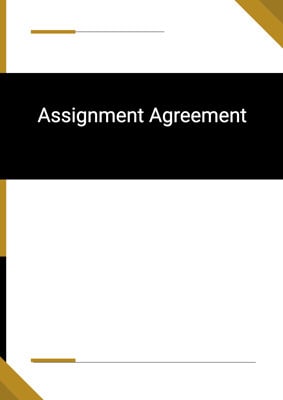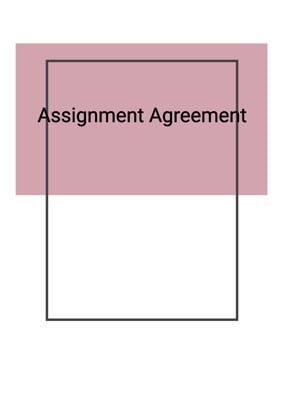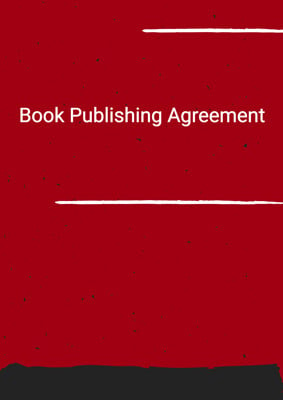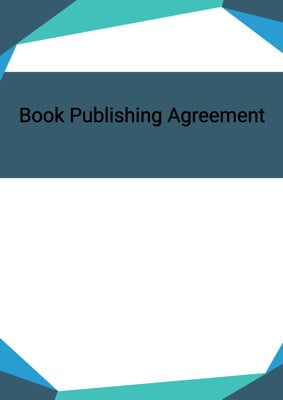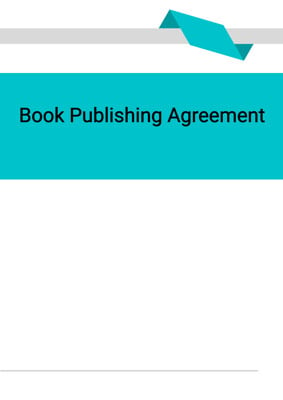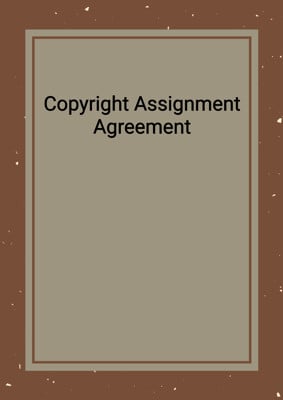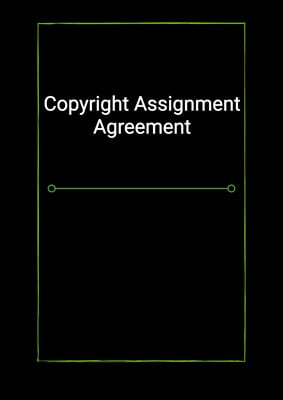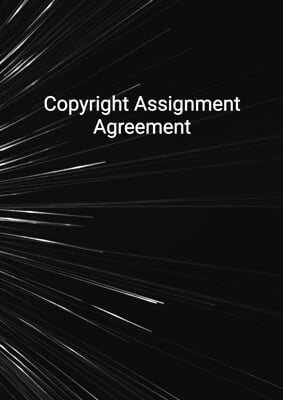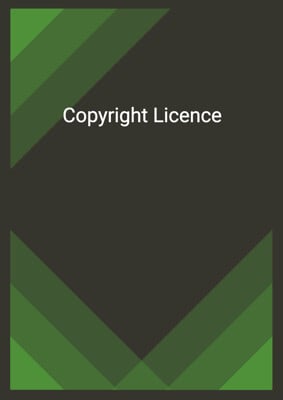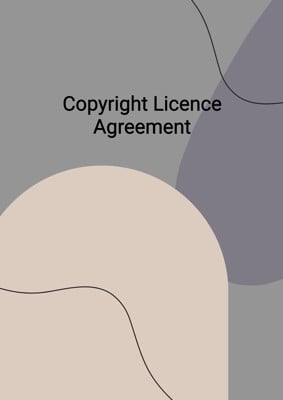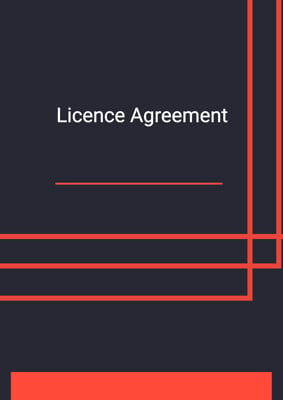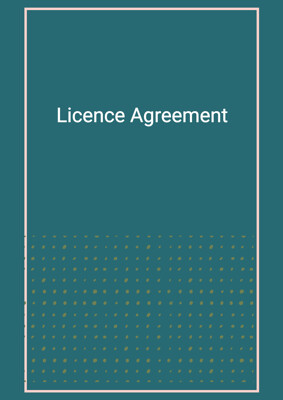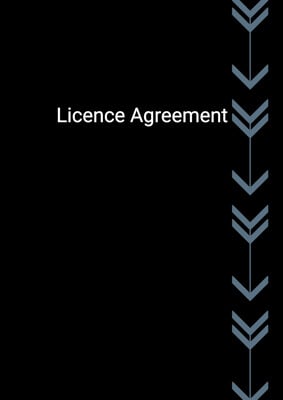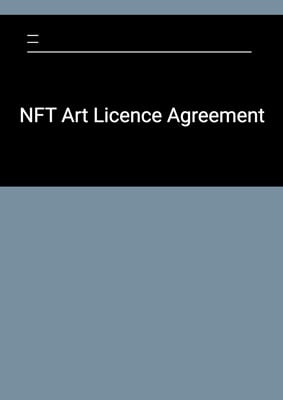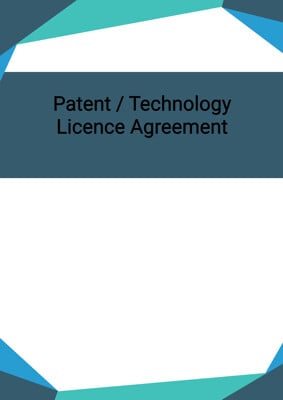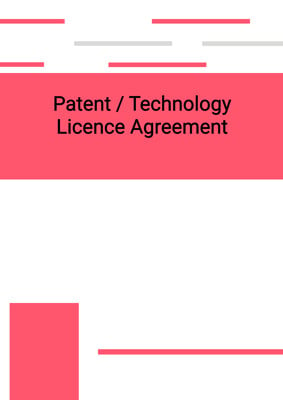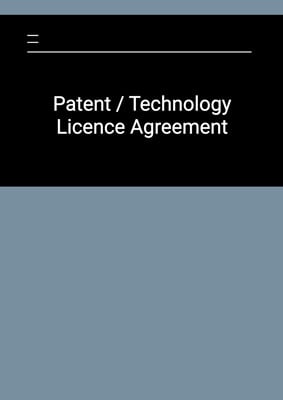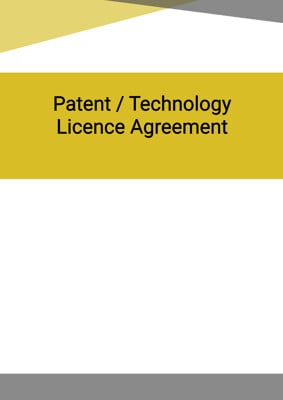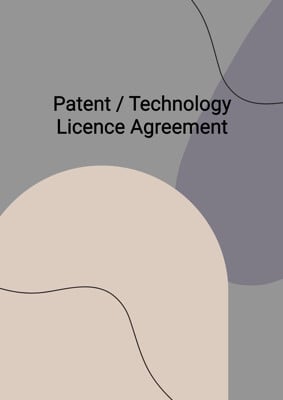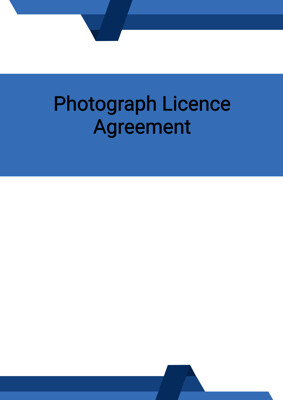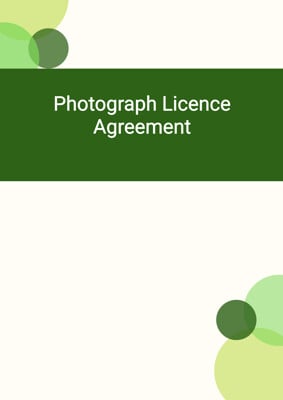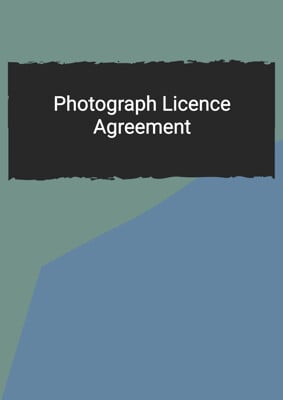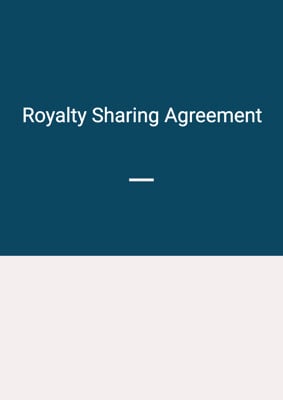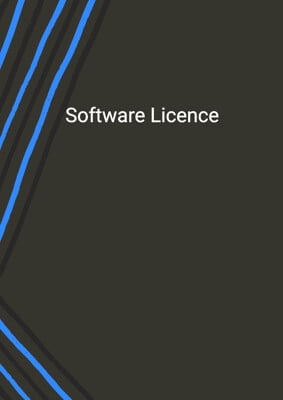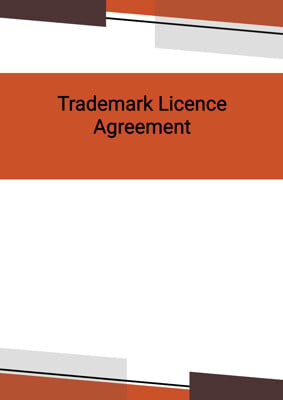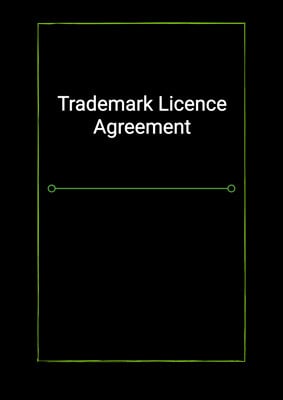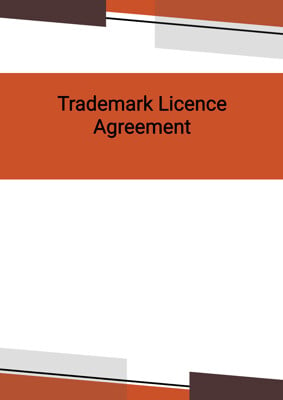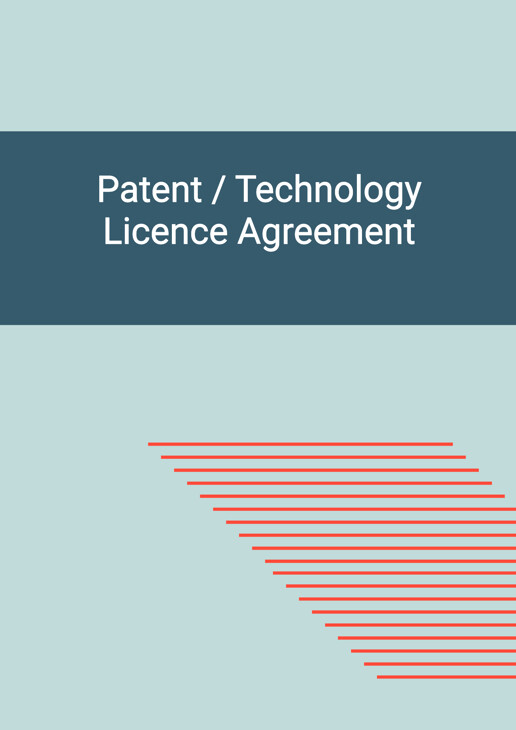
Patent / Technology Licence Agreement
Licensee - Wide Scope
Patent / Technology License Agreement whereby the Licensor grants the Licensee a wide range of rights (including the right to sub-license) to use the invention/ patent works for commercial production. This is drafted in favour of the Licensee.
How to Tailor the Document for Your Need?
01
Create Document
Fill in the details of the parties. You can click the "Fill with Member’s Information" button to complete it with information saved to your account.
02
Fill Information
Please fill in any additional information by following the step-by-step guide on the left hand side of the preview document and click the "Next" button.
03
Get Document
When you are done, click the "Get Document" button and you can download the document in Word or PDF format.
04
Review Document
Please get all parties to review the document carefully and make any final modifications to ensure that the details are correct before signing the document.
Document Preview
Document Description
This Patent/Technology Licence Agreement is a legal document that grants the licensee the rights to certain intellectual property relating to an invention. The agreement is entered into between the licensor and the licensee, with the licensor being the party that owns the intellectual property and the licensee being the party that wishes to develop and commercialize the technology.
The agreement begins with a preamble that outlines the background and purpose of the agreement. It states that the licensor has the rights to the technology and the licensee wishes to develop and commercialize it. The licensor agrees to license the intellectual property to the licensee on the terms and conditions of the agreement.
The agreement then provides definitions for key terms used throughout the document. These definitions include the commencement date, confidential information, force majeure, intellectual property, technology, licensed intellectual property, licensed field, licensed products, net sales revenue, net sub-licence payments, patents, quarterly, royalties, territory, and upfront fee.
The agreement grants the licensee a non-transferable exclusive or non-exclusive license to develop and commercialize the licensed intellectual property in the licensed field. The licensee may also sub-license the intellectual property, subject to certain conditions.
The agreement sets out conditions of use for the licensed products, requiring them to conform to any statutory or regulatory requirements in the territory where they are sold.
The agreement includes provisions for improvements to the licensed intellectual property. If improvements are made by the licensor, they automatically become part of the licensed intellectual property. If improvements are made by the licensee, they own the intellectual property rights to those improvements.
The agreement requires the licensor to disclose the licensed intellectual property to the licensee and provide necessary assistance in the transfer of technology. Both parties are prohibited from using each other's name, trademarks, or logos without written consent.
The agreement includes provisions for patent protection, including prosecution and maintenance of patents, patent costs, patent infringement, and third-party claims. The licensor is responsible for taking reasonable steps to procure acceptance of patent applications and regularly consulting with the licensee on further patent applications.
The agreement outlines the payment of license fees and royalties by the licensee to the licensor. The licensee must pay royalties and upfront fees in each calendar year, and the licensor is entitled to a proportion of net sub-licence payments received by the licensee.
The agreement includes provisions for records, inspections, and statements. The licensee must provide detailed reports when making payments, including relevant details for the calculation of royalties and net sub-licence payments.
The agreement requires the licensee to commit reasonable resources to pursue the development and commercialization of the technology. If the licensee fails to undertake reasonable steps within a specified period, the licensor may terminate the license.
The agreement allows for separate research and development agreements between the licensor and the licensee. The parties agree to negotiate in good faith for a collaborative research arrangement.
The agreement includes indemnities, warranties, and termination provisions. The licensor indemnifies the licensee against loss and damage arising from the licensor's breach of warranties. Both parties provide warranties related to their corporate power and authority to enter into the agreement and the licensor provides additional warranties related to the licensed intellectual property.
The agreement may terminate automatically on a fixed end date or may have a continuing term, depending on the terms agreed upon by the parties.
How to use this document?
1. Review the agreement: Familiarize yourself with the terms and conditions of the Patent/Technology Licence Agreement.
2. Identify the parties: Ensure that the correct names and addresses of the licensor and licensee are entered in the agreement.
3. Determine the territory: Determine whether the licensee wishes to develop and commercialize the technology in a specific territory or throughout the world.
4. Understand the licensed field: Clearly understand the applications in the field of field for which the license is granted.
5. Comply with statutory and regulatory requirements: Ensure that the licensed products conform to any applicable statutory or regulatory requirements in the territory where they are sold.
6. Consider improvements: If improvements are made to the licensed intellectual property, determine whether they are made by the licensor or the licensee and understand the ownership rights.
7. Disclose licensed intellectual property: The licensor must promptly disclose the licensed intellectual property to the licensee and provide necessary assistance in the transfer of technology.
8. Protect intellectual property: Both parties must refrain from using each other's name, trademarks, or logos without written consent.
9. Understand patent protection: Familiarize yourself with the provisions related to patent prosecution, maintenance, costs, infringement, and third-party claims.
10. Calculate license fees and royalties: Understand the calculation and payment schedule for license fees, royalties, and upfront fees.
11. Maintain records: Keep detailed records of sales, sub-licences, and payments made under the agreement.
12. Commit resources to development: Ensure that the licensee commits reasonable resources to pursue the development and commercialization of the technology.
13. Consider research and development agreements: Determine whether additional research and development agreements are necessary and negotiate the terms in good faith.
14. Understand indemnities and warranties: Be aware of the indemnities and warranties provided by the licensor and licensee.
15. Termination: Understand the termination provisions of the agreement, including the fixed end date or continuing term.
16. Seek legal advice if needed: If you have any questions or concerns about the agreement, consult with a legal professional for guidance.
Not the right document?
Don’t worry, we have thousands of documents for you to choose from:
